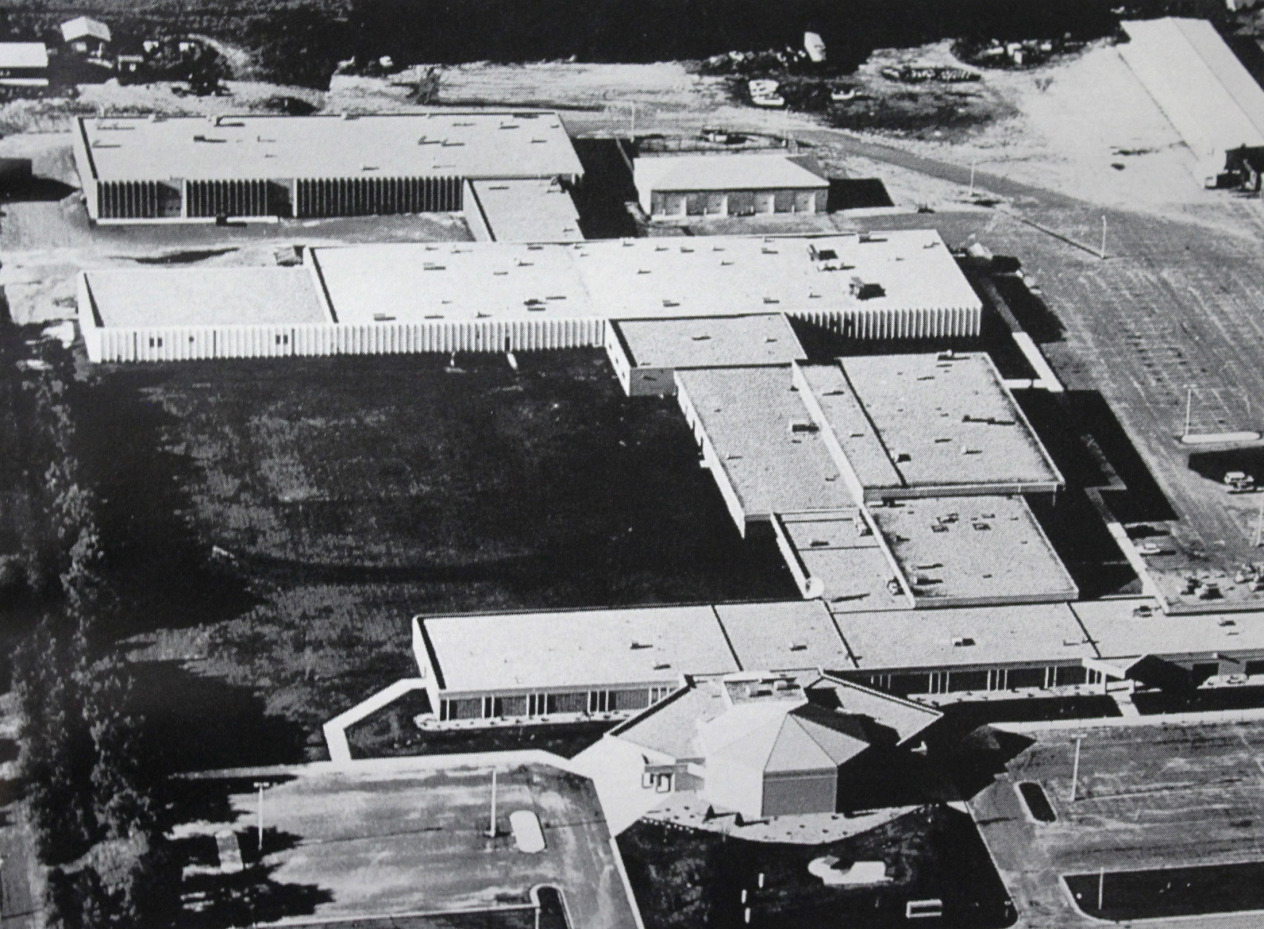Title
Course Descriptions
Body
Sections
Filters
Credits:
2 (1/1/0)
This course covers the use of oil as a means used to heat various media including air and water.
Credits:
3 (3/0/0)
Meets MnTC Goal Areas 5 and 8. This course provides a discussion of the political, economic, cultural and social factors which have shaped the history of Western Civilization. Topics include ancient civilizations, the development of the major religions of the Western world, the Medieval period, the Renaissance and Reformation, the rise of capitalism, the development of the nation state and the Age of Absolutism.
Credits:
3 (3/0/0)
Meets MnTC Goal Areas 5 and 8. This course provides a discussion of the political, economic, cultural and social factors which have shaped the history of Western Civilization. Topics include the Glorious, French and Industrial Revolutions, Napoleon and the Napoleon Wars, the two world wars, and the rise and collapse of communism.
Credits:
3 (3/0/0)
Meets MnTC Goal Areas 5 and 7. This course provides a discussion of the political, economic, cultural and social factors which have shaped American history. Topics include European exploration and colonization, the American Revolution and Founding period, the rise of democracy and industrialization, sectional conflict, the Civil War and Reconstruction.
Credits:
3 (3/0/0)
Meets MnTC Goal Areas 5 and 7. This course provides a discussion of the political, economic, cultural and social factors which have shaped American history. Topics include the Gilded Age, populism, progressivism, isolationism, American involvement in the two World Wars, the Cold War, Vietnam, the civil rights movement and the debate over American exceptionalism.
Credits:
3 (3/0/0)
Meets MnTC Goal Areas 5 and 8. This course provides an introductory survey of the global story of humanity, from its prehistoric origins to the emergence of global commerce. Topics include the first civilizations, development of diverse world religions, and technological, political, artistic and philosophical contributions of past cultures across the world. Particular emphasis is given to the many ways in which geographically distinct peoples have interacted and influenced each other since ancient times.
Credits:
3 (3/0/0)
Meets MnTC Goal Areas 5 and 8. This course provides a discussion of the political, economic, cultural and social factors that have shaped global history of the past five centuries, from the emergence of global commerce to the post-Cold War world. Topics include the rise of industrial capitalism, colonialism and imperialism, social and political revolutions, decolonization, and major upheavals of the late 20th and early 21st centuries.
Credits:
3 (3/0/0)
Meets MnTC Goal Areas 5 and 8. This course combines an on-campus component with a trip to Europe. During the on-campus portion of the course students will learn about major events in British and French history such as the French Revolution, the Napoleonic era, the War of the Roses and the reign of Henry VIII. After the on-campus component is completed, students embark on a 10-day trip to Paris and London, where they visit historical sites they studied during the on-campus portion of the course.
Credits:
3 (3/0/0)
Meets MnTC Goal Areas 5 and 10. This survey course explores the cultural, social, political and economic development of Minnesota and the northern Great Plains. Topics will include the significance of geography and natural resources, relations between Native American and European populations, and key events in the economic and political development of the region. Emphasis will be placed on the interaction between human development and the natural environment.
Credits:
3 (3/0/0)
Meets MnTC Goal Area 5. This course covers the history of American baseball, from its origins through the modern era. The course explores professionalism, labor relations and the relationship between baseball and the growth of urban cities in the 19th and 20th centuries. Issues of race, class and gender are also addressed, as well as how the game has intersected with politics, economics and social change in American life.
Credits:
3 (3/0/0)
This course is an introduction to the delivery of healthcare in the United States and the health information management profession.
Credits:
3 (2/1/0)
This course focuses on the application of legal principles, policies, regulations and standards for the control and use of health information.
Credits:
3 (2/1/0)
This course provides an introduction to computer use in healthcare and health information management. It focuses on electronic health records and other computer systems used in healthcare.
Credits:
3 (2/1/0)
This course introduce students to coding and classification systems used in the delivery of health care, along with the basic rules and regulations of coding.
Credits:
2 (1/1/0)
This course introduces students to coding and classification systems used in the delivery of healthcare, along with the basic rules and regulations of coding.
